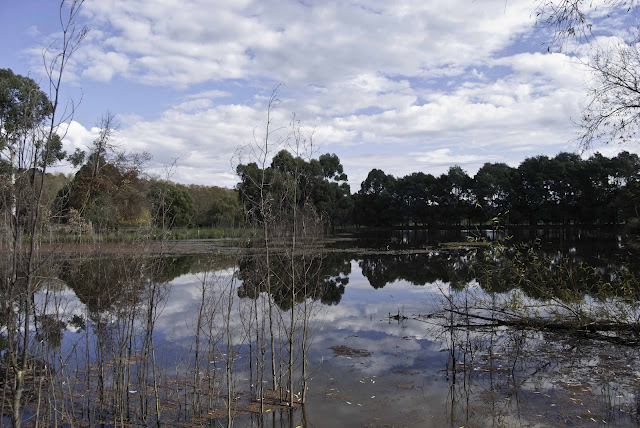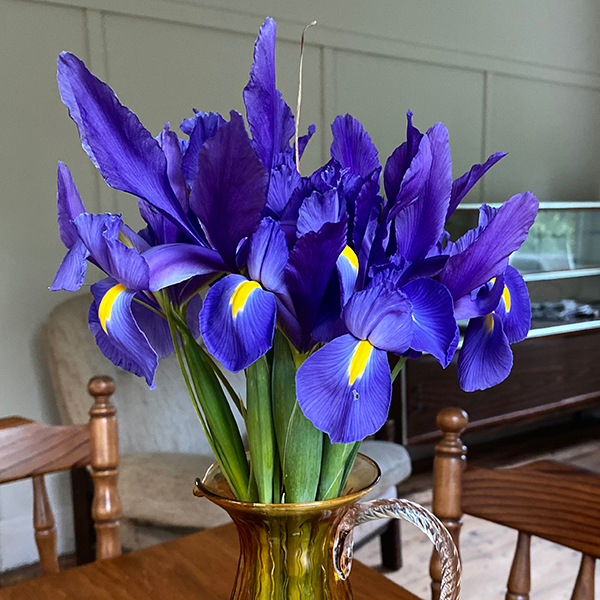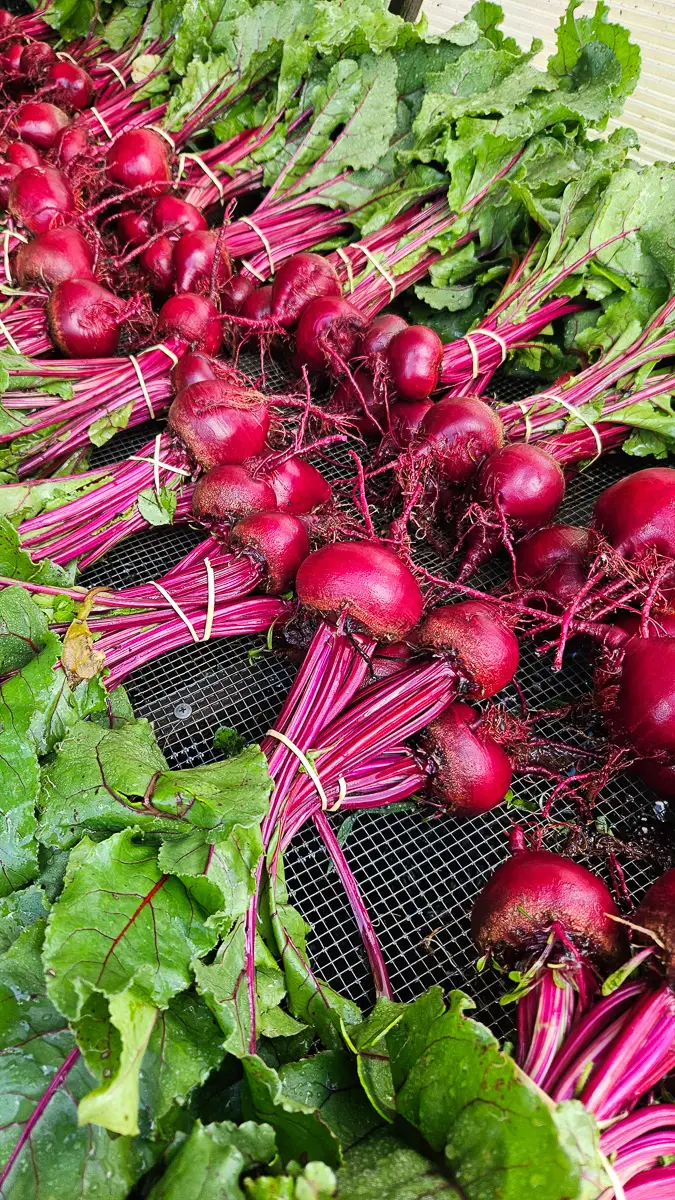
Can food be fairer?
Recently a Fair Food customer explained that when asked by her curious neighbours about the deliveries she was getting she found herself struggling to explain what CERES Fair Food actually was.
Last week I wrote how Joe’s Garden and its farmers were defined by the regular flooding of the Merri Creek.
At Fair Food we are defined by a question – Can food be fairer?
The answer of course is always changing and evolving.
There are, however, constants that guide us.
Fair Food pays farmers a fair price for the delicious produce we eat.
This is important.
Around 50% of Australia’s land mass is managed by farmers – these farmers who we pay to grow our food care for this country on our behalf.
When we pay fair prices farmers like Jason and Marg Alexandra from Hazeldean Forest Farm can continue nurturing their 30 heritage apple varieties, they can keep creating a haven for pest controlling frogs and birds that live in their native shelter belts and their 4 acre dam (that’s it above). They can keep the chickens roaming underneath their orchard cleaning up fruit and fertilising the trees. They can carry on evolving this incredibly interconnected and bio-diverse poly-culture they have created over the last 36 years.
But if, like the big supermarkets, Fair Food continually demands cheaper and cheaper apples from Jason and Marg, they would need to cut down their native plantings to maximise their orchard space, they would reduce their 30 heritage apples to two or three of the most commercial varieties. They would use insecticides, herbicides and artificial fertilisers to cut labour costs which would deplete their soil life, poison their 4 acre dam, their frogs, their birds, themselves and then us.
Paying farmers a fair price is powerful.
It’s the difference between James and Julie from Gippsland Free Range rotating their 60 chickens per hectare behind their small herd of cows and running an industrial egg operation, that crams 10,000 chickens into a huge shed with a door opening onto a scratched-bare hectare of ground.
It’s the difference between independent organic dairy farmer Simon Schulz having the time and resources to invest in his refillable glass bottles and struggling, like his neighbours, to survive a decade of Coles and Woolworths love affair with $1-a-litre-milk.
Our other constant is provided by another question – Can the future be fairer?
CERES Fair Food invests 100% of our profits into CERES Environment Park.
This is the place we get children face-to-face with life inside compost heaps and the muddy depths of our creek.
It’s where kids learn to take charge of energy and biodiversity audits that will help them install solar panels, water tanks and habitat restoration in their schools.
It’s the place that sends high school graduates to regenerative farms, social enterprises and environmental organisations on Green Gap years.
It’s the place, as our CEO Cinnamon Evans says, that counters our prevailing story of separation and hopelessness with stories of hope and change – stories that reveal our place and purpose within the world that sustains us.
Since 2010 CERES Fair Food has given over $2 million to CERES Environment Park to help share stories of hope and change to more than a million children.
CERES Fair Food pays fair prices to over 175 organic and regenerative growers, bakers, makers and suppliers.

Iris unfurls
We got the word on Friday that Dutch Irises were arriving for this week.
These bouquets are grown organically by Into the Roots farm on Bunurong Country – Bena, South Gippsland.
We’re selling 10 stem bunches – pop them into a vase and watch their tender purple petals unfurl.
Numbers are limited – you can find them here.
Have a great week
Chris
